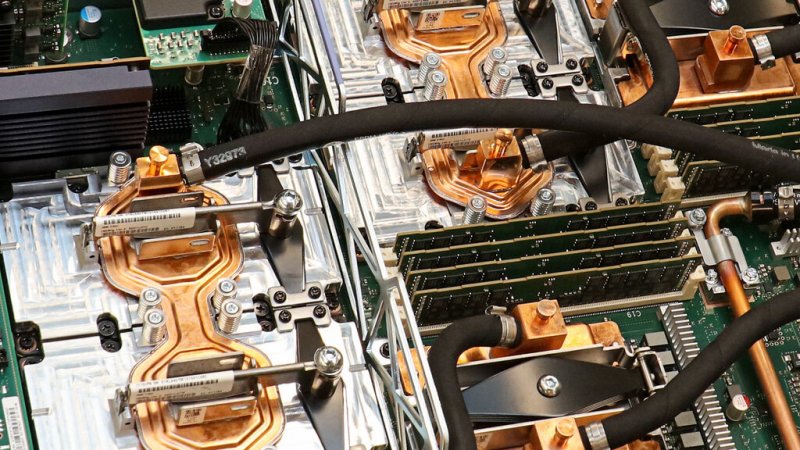In an effort to understand, on the finest level, what makes us human, [Bobby Kasthuri has] set out to create a complete map of the human brain: to chart where every neuron connects to every other neuron. The problem is, the brain has more connections than the Milky Way has stars.
…
Making that map seems like a task that could consume not just one lifetime, but dozens. Yet in just three years, it might just be possible. Kasthuri, a neuroscientist at Argonne National Laboratory, is one of many scientists whose research will use a new supercomputer the lab is building, which is scheduled to be deployed by 2021. The computer, called Aurora 21, will run one quintillion operations in parallel—a billion billion calculations—putting it on par with the processing power of the human brain.
…
Aurora 21 is designed for more than just simulating our brains. It will be able to perform computationally demanding simulations for tasks as diverse as predicting the weather, tracing the evolution of the cosmos, and understanding how new medicines will interact with the human body.
…
For [professor Michela] Taufer, the high-performance computing scientist, supercomputers like Aurora 21 swing open the door to possibilities that don’t exist in real life—the ability to test medicine, infrastructure, even weaponry free of the cost, safety, and ethical concerns that constrain real-life experiments.
Read full, original post: The Supercomputer That Could Map the Human Brain































